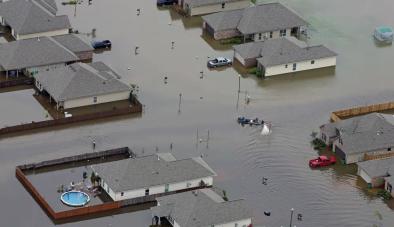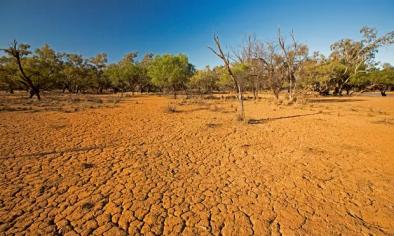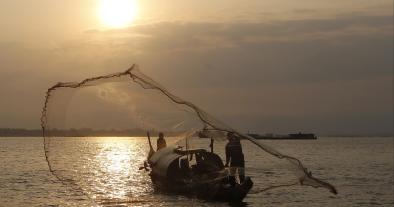Science Source
Colder Eastern Equatorial Pacific and Stronger Walker Circulation in the Early 21st Century: Separating the Forced Response to Global Warming From Natural Variability
Study key findings & significance
- Observations show that the longitudinal (east-west) air and ocean circulation, known as the Walker cell or Walker circulation, has strengthened over recent decades, especially after 1990.
- The study looks at whether the strengthening of the Walker cell is a response to rising CO2 concentrations versus natural variability.
- Since 1980, a sea surface warming pattern in the Northern Hemisphere - Indo West Pacific that – differs from the Pacific Decadal Oscillation – suggests a global warming response.
Related Content
Headline

May 22, 2023 | Climate Nexus Hot News
Climate Change Is Making El Niños and La Niñas Worse, Costing Trillions
Headline

May 4, 2023 | The Guardian
UN warns heat records could be broken as chance of El Niño rises
Science Source
Emergence of climate change in the tropical Pacific
Jun Ying, Matthew Collins, Wenju Cai et al
Headline

Jan 21, 2020 | Los Angeles Times
‘No fish’: How dams and climate change are choking Asia’s great lake
Science Source
Greenhouse warming and internal variability increase extreme and central Pacific El Niño frequency since 1980
Study key findings & significance
- The research identifies the causes behind two observed shifts in El Niño properties since the 1980s: (1) an increase in extreme El Niños and (2) an increase in El Niños where peak ocean warming occurs in the central equatorial Pacific Central Pacific (as opposed to in the far eastern equatorial Pacific).
- Extreme El Niño events have occurred frequently in the past 40 years, at a rate of one event per 13 years, and are characterized by their usually causing reorganizations of atmospheric convection and inducing severe climatic d
Related Content
Science Source
| Bulletin of the American Meteorological Society
EEE 2016: The Extreme 2015/16 El Niño, in the Context of Historical Climate Variability and Change
Matthew Newman, Andrew T. Wittenberg, Linyin Cheng et al
Science Source
| Oceanography
Winter 2015/16: A Turning Point in ENSO-Based Seasonal Forecasts
Judah Cohen, Karl Pfeiffer , Jennifer Francis
Science Source
| Scientific Reports
Some coral diseases track climate oscillations in the Caribbean
C. J. Randall, R. van Woesik
Science Source
| Nature Climate Change
Continued increase of extreme El Nino frequency long after 1.5°C warming stabilization
Guojian Wang, Wenju Cai, Bolan Gan et al


